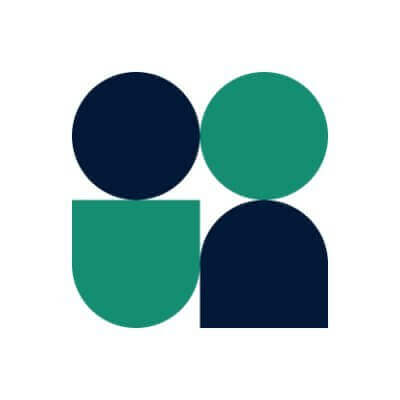These Palestinian-led brands are preserving a disappearing art form
Some of Abir Barakat’s earliest childhood memories are of her father’s fascination with tatreez, a traditional Palestinian embroidery involving hand-stitching patterns and motifs on clothing, scarves, bedspreads, and pillows. Her father would collect thobes—tatreez-embroidered loose-fitting dresses worn by Palestinian women, ultimately amassing an extensive collection of unique, traditional tatreez pieces crafted decades ago by women in Palestine. “My memory is how passionate he was about it and how he would tell us different stories about (tatreez),” says Barakat. “He would acquire these old Palestinian dresses [some of which] are museum pieces, honestly, because they can no longer be found.” After nearly 15 years of working in various marketing roles, Barakat decided to combine her experience with her passion for tatreez and begin preserving historical tatreez pieces. “It was such a rich history and a rich heritage that it had to be repurposed,” she says, adding that “a lot of these villages that the embroidery comes from no longer exist.” View this post on Instagram A post shared by Jeel Design (@jeeldesign) That’s why she started Jeel, which means “generation” in Arabic—a name she chose because it reflects her goal of preserving a rich heritage and passing it down to future generations. Since the brand’s launch in 2014, it has grown into a profitable business selling a range of vibrant tatreez embroidery, amassing more than 18,000 Instagram followers. With the United Nations Cultural agency warning that tatreez is at risk of disappearing from collective memory, brands like Jeel and others are focused on preserving Palestinian heritage. [Photo: Suzy Tamimi] Tatreez and the fabric of Palestinian identity Historically, tatreez also formed a Palestinian’s cultural identity as the embroidery weaves the origins and history of Palestinians into its diverse patterns and colors. “They would even know the social status of a person depending on what she is wearing,” Barakat says. “The headpieces in the Palestinian costumes would reflect if that person is rich or not.” Just like tatreez created a strong identity for Palestinian people decades ago, Barakat started Jeel hoping the craft would do the same for her. Despite growing up in Jerusalem as a Palestinian Muslim, she says she often grappled with understanding her identity, feeling that it was constantly under threat. “Every Palestinian would tell you there is always a piece of us that feels we need to preserve [our heritage] because we feel endangered at every point of our life,” Barakat says. “We feel always jeopardized to make sure we say we exist because at every level of our existence, we are being challenged about being Palestinian.” [Photo: Suzy Tamimi] This pressing need to preserve Palestinian identity also motivated Suzy Adnan Tamimi, a New York-based Palestinian designer, to begin making tatreez designs of her own in 2014. Two years into the project, Tamimi got a unique opportunity which she defines as her “launchpad”: In 2016, the United Nations invited her to design a contemporary interpretation of a traditional Palestinian dress for an exhibition aimed at preserving Palestinian identity. She created a modern-day gown from tatreez scraps she bought from Hanan Munayyer—a renowned curator and collector of tatreez embroidery. The gown was displayed at the United Nations Headquarters for a month. Her experience at the United Nations deepened her passion for reinventing tatreez, exploring ways to modernize the craft and bringing Palestinian embroidery to a more global audience. Today, Tamimi’s tatreez brand boasts more than 29,000 followers on Instagram. She works with Palestinian women in refugee camps in the West bank city of Jenin to repurpose tatreez embroidery, integrating it with modern designs. Her modern take on tatreez has enabled her brand to attract a younger demographic. “I started coming up with ideas that were very innovative and new and fresh, like (tatreez embroidered) sneakers or guitar straps or jumpsuits, sweatsuits, bucket hats. So, kind of like an urban sportswear vibe,” says Tamimi. Growing awareness amid crisis As Israel’s assault on Gaza has worn on, both Barakat and Tamimi have seen growth in their followers—leading to mixed feelings about the growth of tatreez’s visibility being driven by the ongoing killing of Palestinians. “It’s kind of a confusing situation where you feel like, this is trending right now, but this is not really a trend,” she says. Tamimi is ardently focused on preserving the tatreez stitches through innovation and plans to further showcase the beauty and history of Palestine through this art form. Her Freedom Fighter collection is a tribute to resilience and a powerful statement about the resilience of Palestinians. More recent additions to her store—alongside the custom embroidery she offers—include sweaters, T-shirts, an

Some of Abir Barakat’s earliest childhood memories are of her father’s fascination with tatreez, a traditional Palestinian embroidery involving hand-stitching patterns and motifs on clothing, scarves, bedspreads, and pillows. Her father would collect thobes—tatreez-embroidered loose-fitting dresses worn by Palestinian women, ultimately amassing an extensive collection of unique, traditional tatreez pieces crafted decades ago by women in Palestine.
“My memory is how passionate he was about it and how he would tell us different stories about (tatreez),” says Barakat. “He would acquire these old Palestinian dresses [some of which] are museum pieces, honestly, because they can no longer be found.”
After nearly 15 years of working in various marketing roles, Barakat decided to combine her experience with her passion for tatreez and begin preserving historical tatreez pieces. “It was such a rich history and a rich heritage that it had to be repurposed,” she says, adding that “a lot of these villages that the embroidery comes from no longer exist.”
That’s why she started Jeel, which means “generation” in Arabic—a name she chose because it reflects her goal of preserving a rich heritage and passing it down to future generations. Since the brand’s launch in 2014, it has grown into a profitable business selling a range of vibrant tatreez embroidery, amassing more than 18,000 Instagram followers.
With the United Nations Cultural agency warning that tatreez is at risk of disappearing from collective memory, brands like Jeel and others are focused on preserving Palestinian heritage.
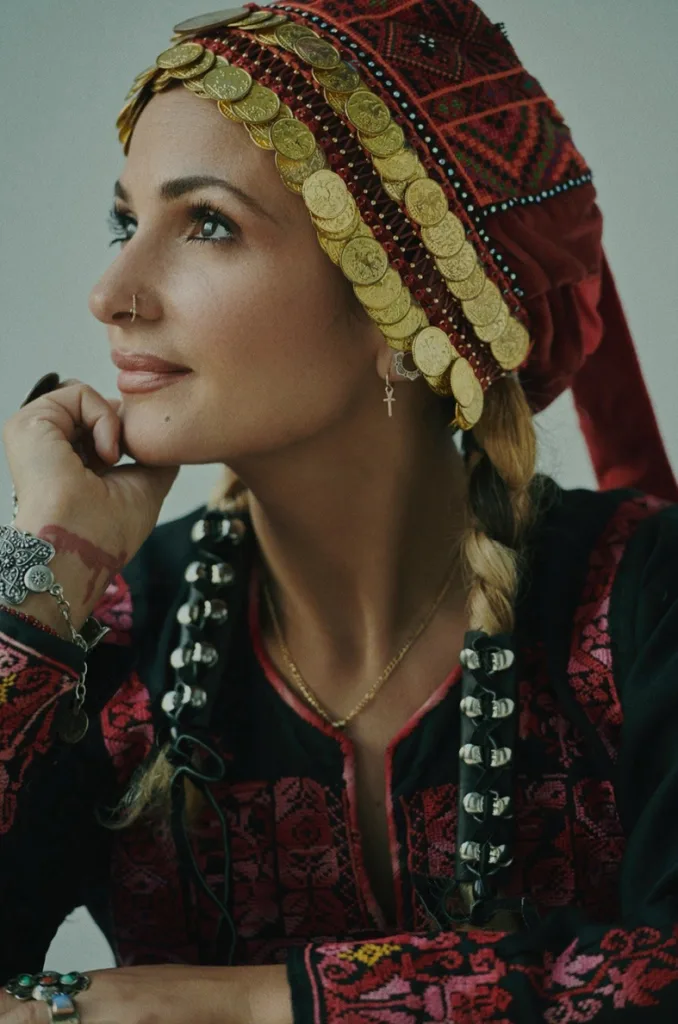
Tatreez and the fabric of Palestinian identity
Historically, tatreez also formed a Palestinian’s cultural identity as the embroidery weaves the origins and history of Palestinians into its diverse patterns and colors. “They would even know the social status of a person depending on what she is wearing,” Barakat says. “The headpieces in the Palestinian costumes would reflect if that person is rich or not.”
Just like tatreez created a strong identity for Palestinian people decades ago, Barakat started Jeel hoping the craft would do the same for her. Despite growing up in Jerusalem as a Palestinian Muslim, she says she often grappled with understanding her identity, feeling that it was constantly under threat. “Every Palestinian would tell you there is always a piece of us that feels we need to preserve [our heritage] because we feel endangered at every point of our life,” Barakat says. “We feel always jeopardized to make sure we say we exist because at every level of our existence, we are being challenged about being Palestinian.”

This pressing need to preserve Palestinian identity also motivated Suzy Adnan Tamimi, a New York-based Palestinian designer, to begin making tatreez designs of her own in 2014.
Two years into the project, Tamimi got a unique opportunity which she defines as her “launchpad”: In 2016, the United Nations invited her to design a contemporary interpretation of a traditional Palestinian dress for an exhibition aimed at preserving Palestinian identity. She created a modern-day gown from tatreez scraps she bought from Hanan Munayyer—a renowned curator and collector of tatreez embroidery. The gown was displayed at the United Nations Headquarters for a month.
Her experience at the United Nations deepened her passion for reinventing tatreez, exploring ways to modernize the craft and bringing Palestinian embroidery to a more global audience.
Today, Tamimi’s tatreez brand boasts more than 29,000 followers on Instagram. She works with Palestinian women in refugee camps in the West bank city of Jenin to repurpose tatreez embroidery, integrating it with modern designs.
Her modern take on tatreez has enabled her brand to attract a younger demographic. “I started coming up with ideas that were very innovative and new and fresh, like (tatreez embroidered) sneakers or guitar straps or jumpsuits, sweatsuits, bucket hats. So, kind of like an urban sportswear vibe,” says Tamimi.
Growing awareness amid crisis
As Israel’s assault on Gaza has worn on, both Barakat and Tamimi have seen growth in their followers—leading to mixed feelings about the growth of tatreez’s visibility being driven by the ongoing killing of Palestinians.
“It’s kind of a confusing situation where you feel like, this is trending right now, but this is not really a trend,” she says.
Tamimi is ardently focused on preserving the tatreez stitches through innovation and plans to further showcase the beauty and history of Palestine through this art form. Her Freedom Fighter collection is a tribute to resilience and a powerful statement about the resilience of Palestinians. More recent additions to her store—alongside the custom embroidery she offers—include sweaters, T-shirts, and hoodies featuring a 1950s chest panel from a tatreez thobe. On the back, the products read “these stitches speak of existence.”
“When I pick up an old piece of embroidery from Palestine, sometimes I’m in tears because I can feel the energy in each piece,” says Tamimi. “I want them to live on and that’s why I bring them to life.”
























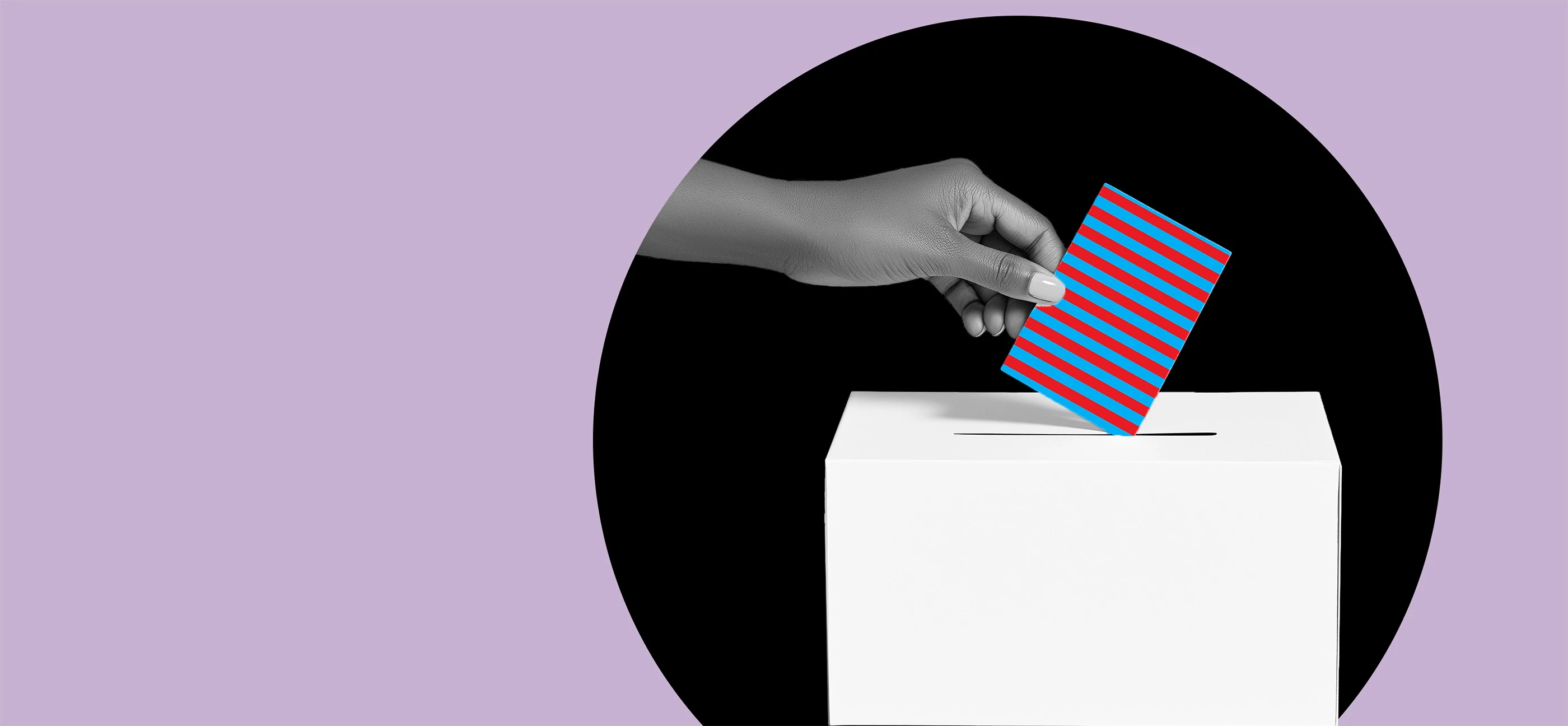
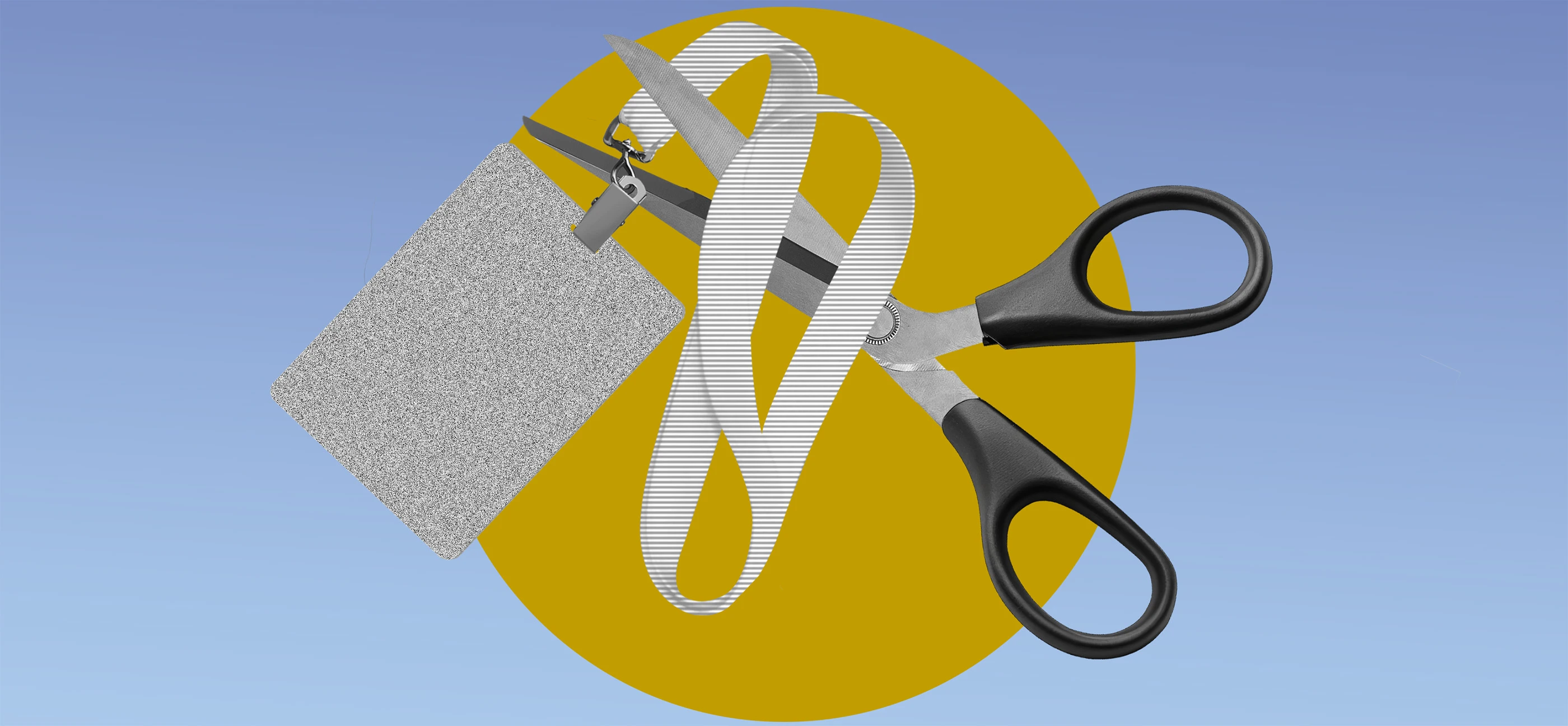








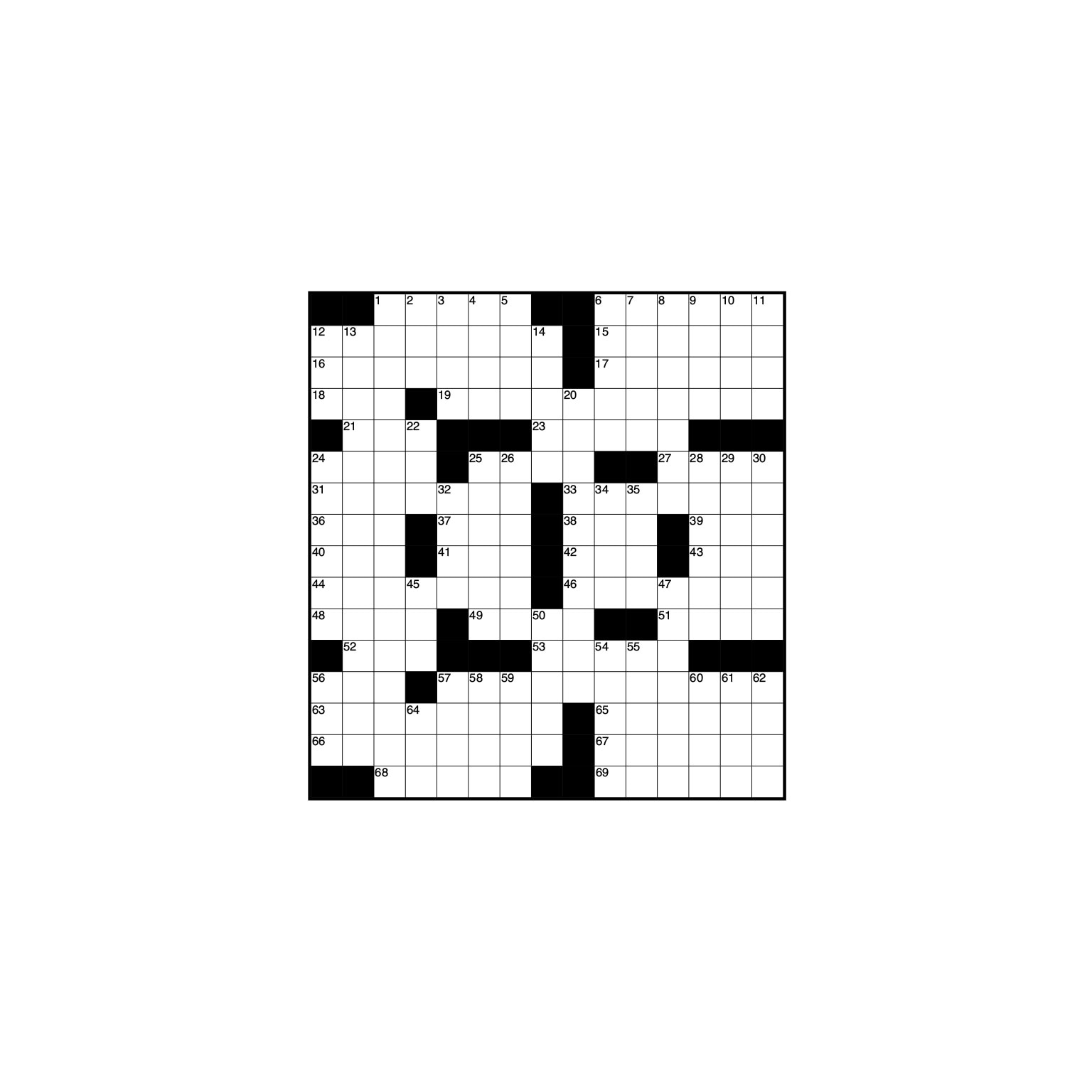


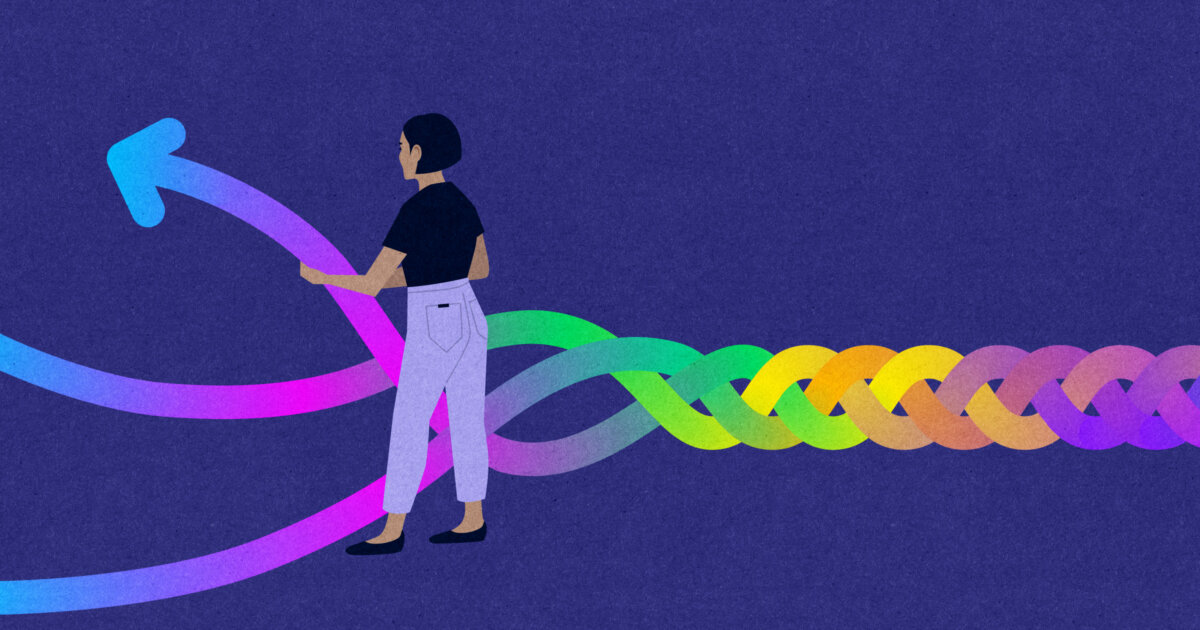


















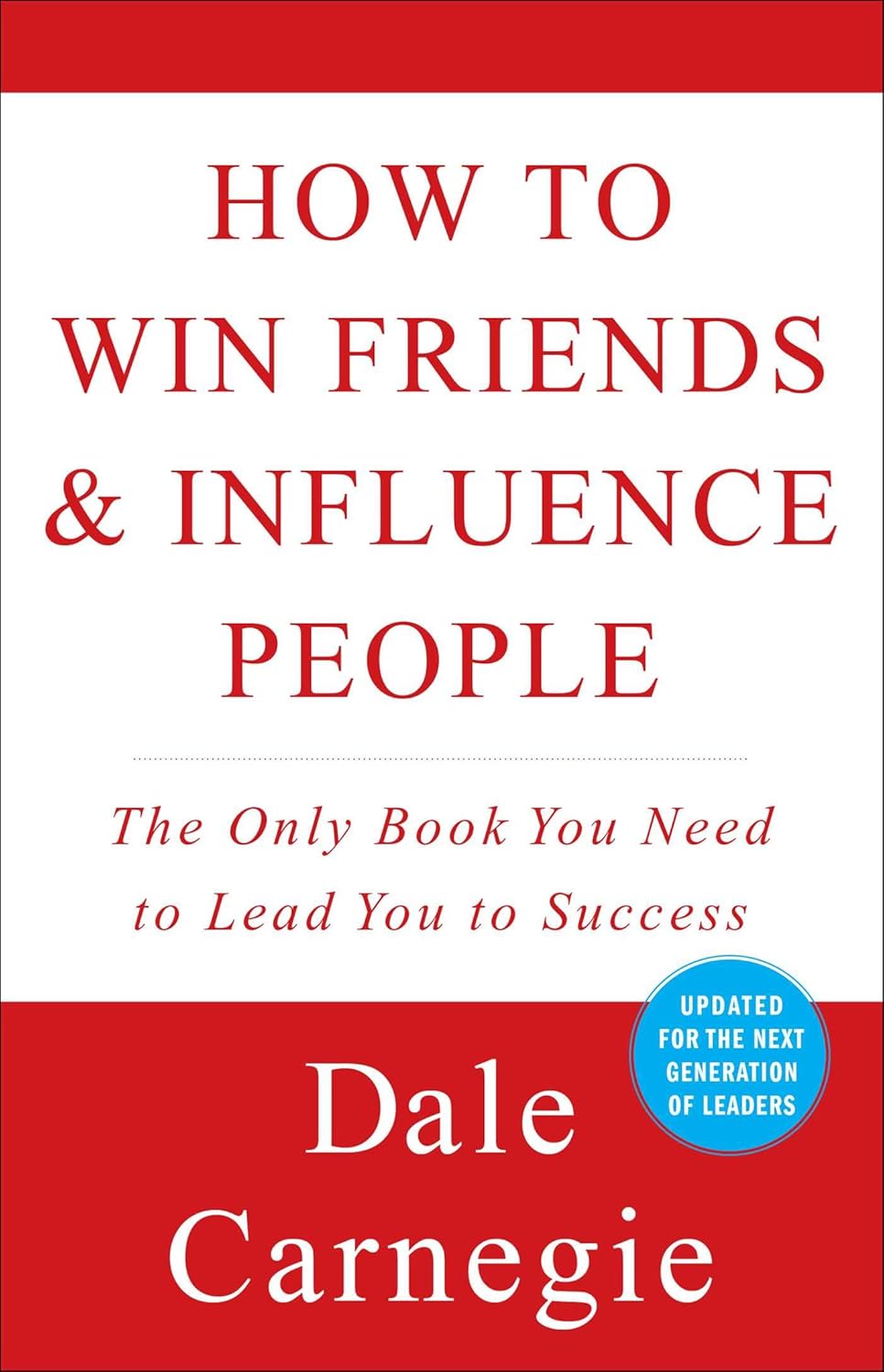
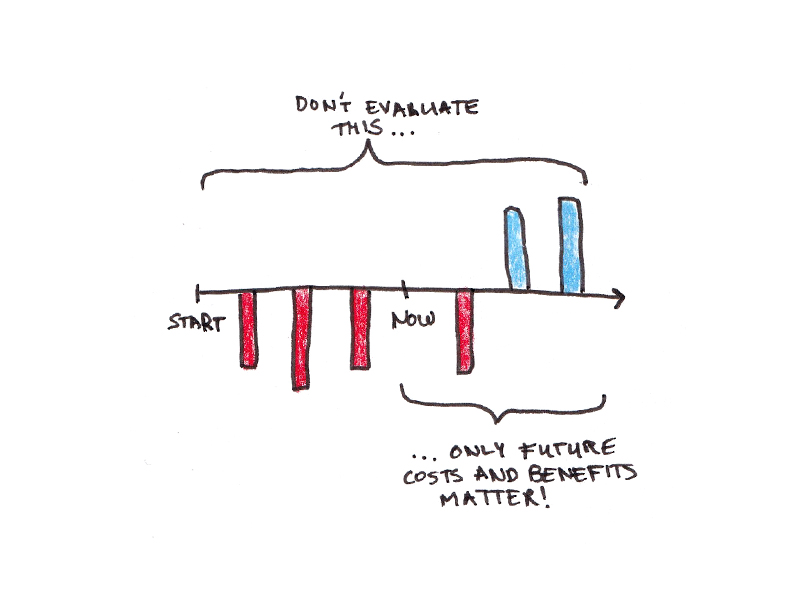












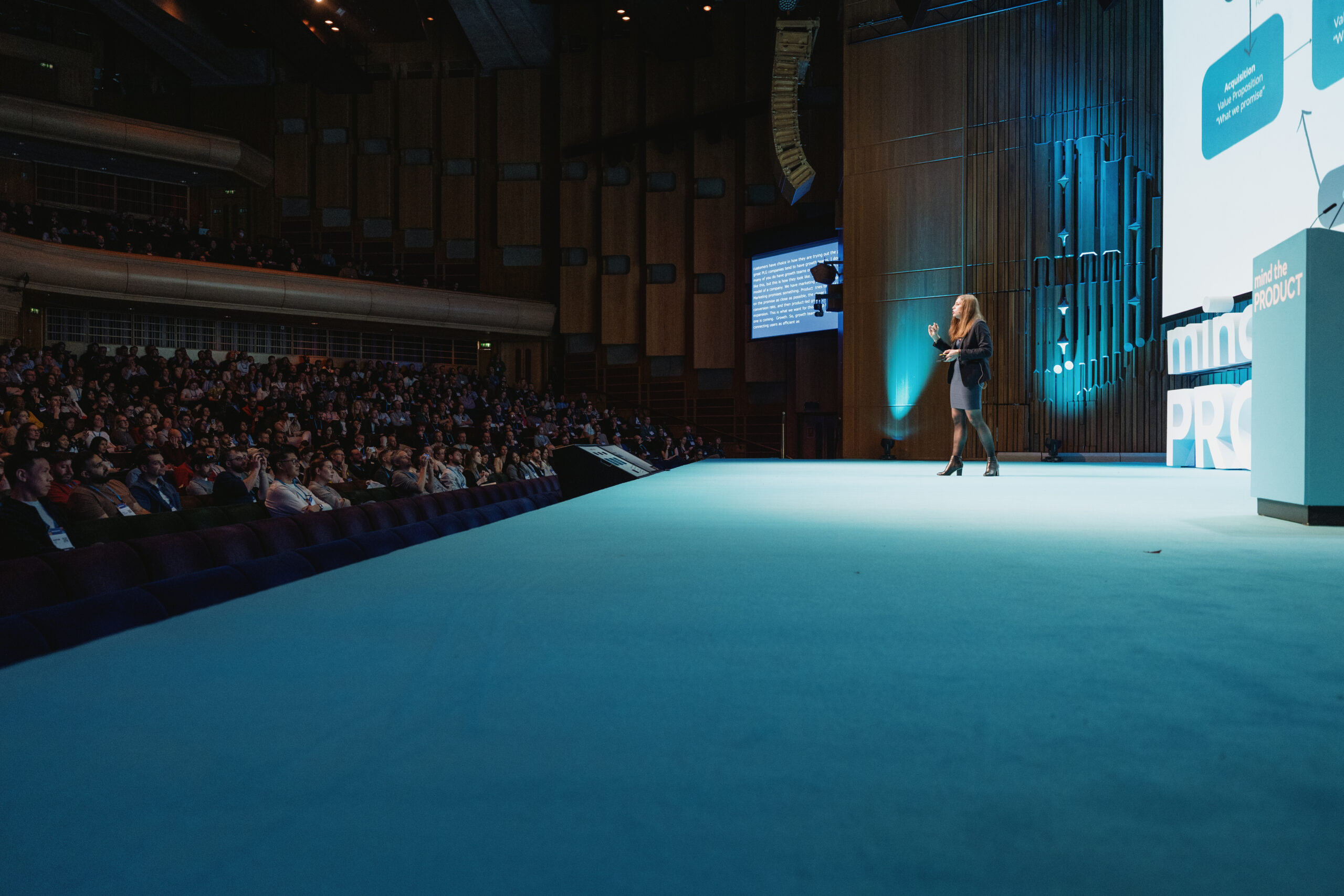

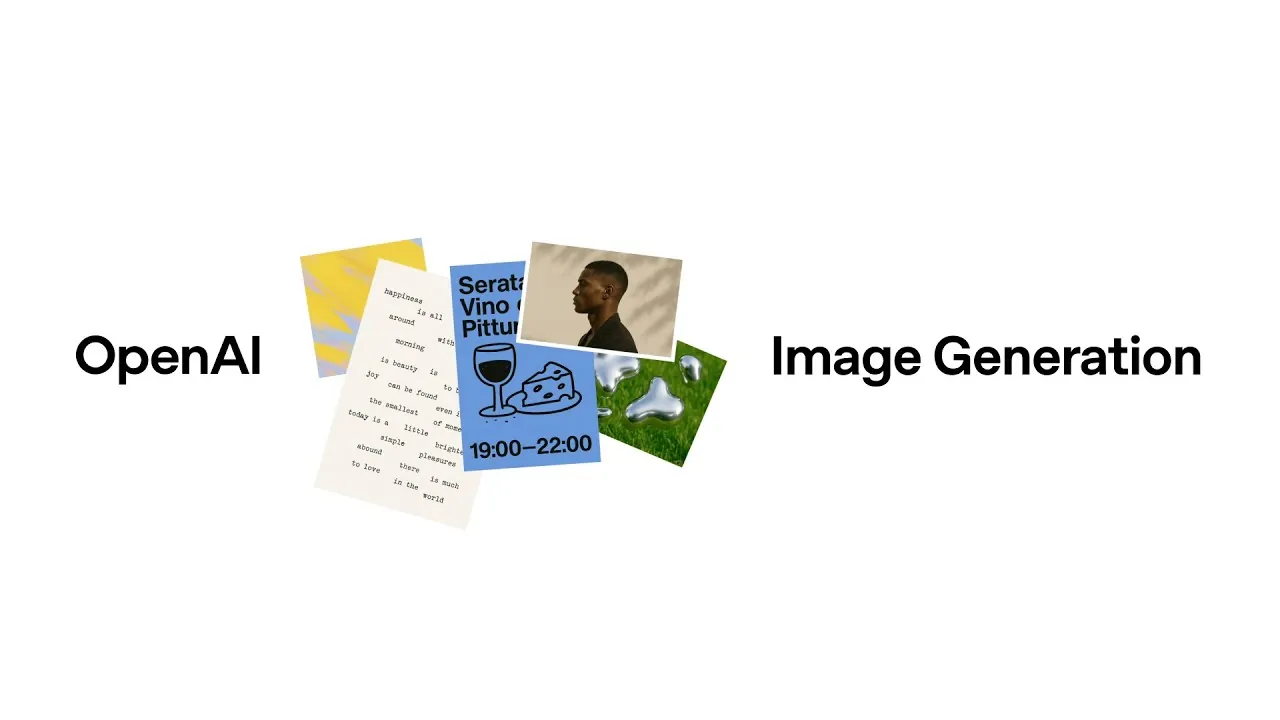

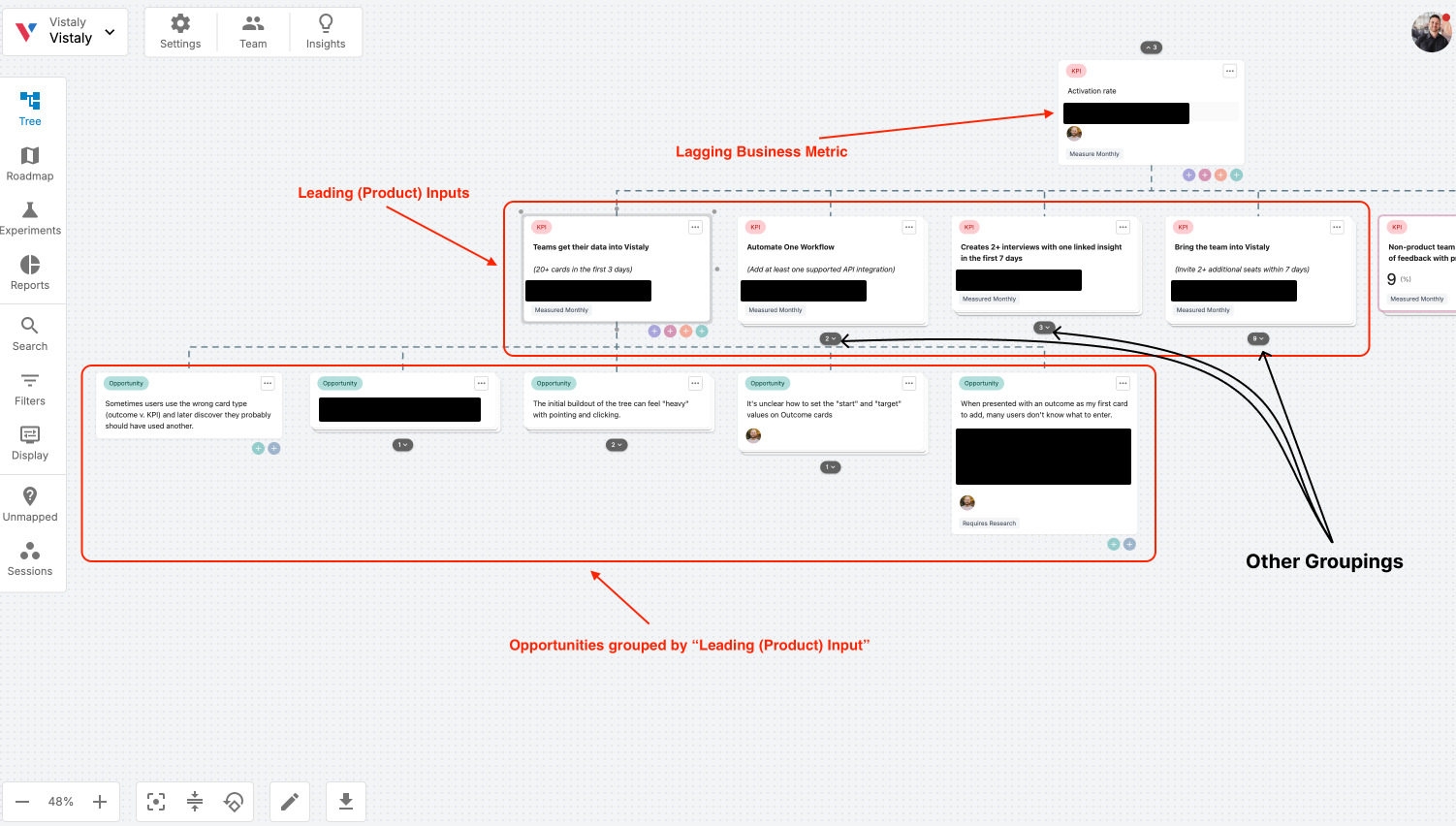
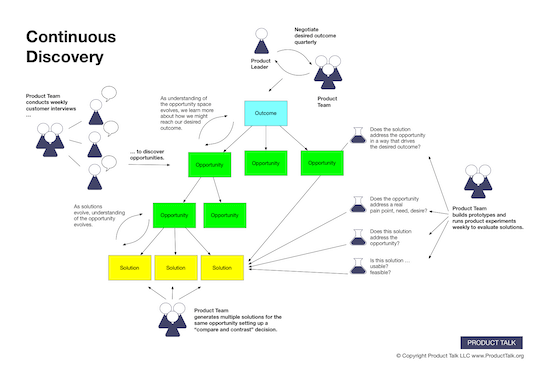




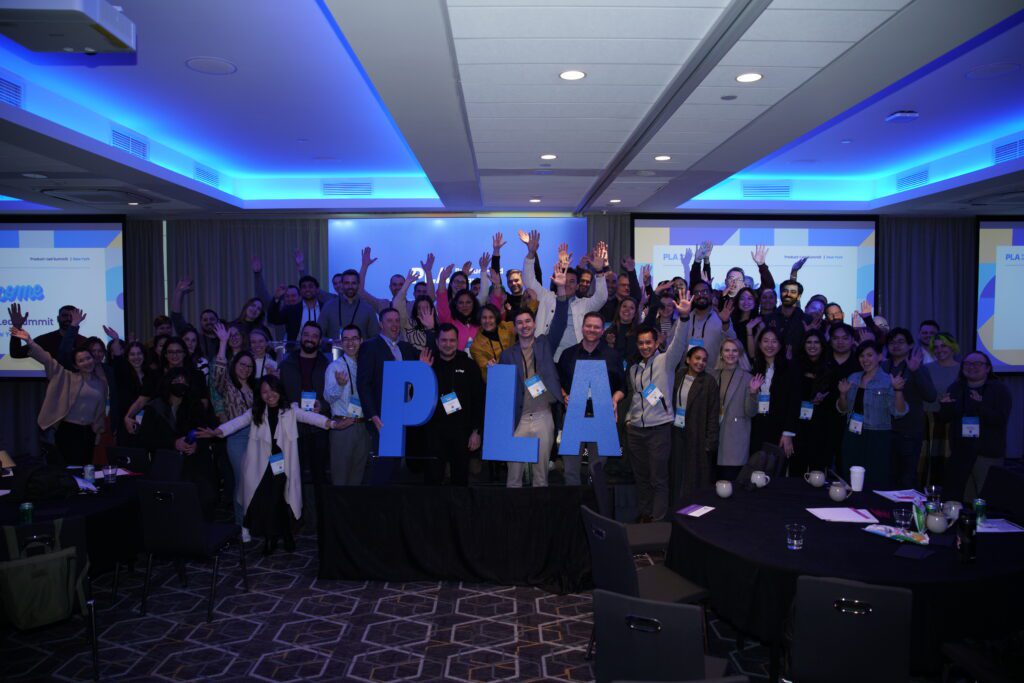










![Building A Digital PR Strategy: 10 Essential Steps for Beginners [With Examples]](https://buzzsumo.com/wp-content/uploads/2023/09/Building-A-Digital-PR-Strategy-10-Essential-Steps-for-Beginners-With-Examples-bblog-masthead.jpg)


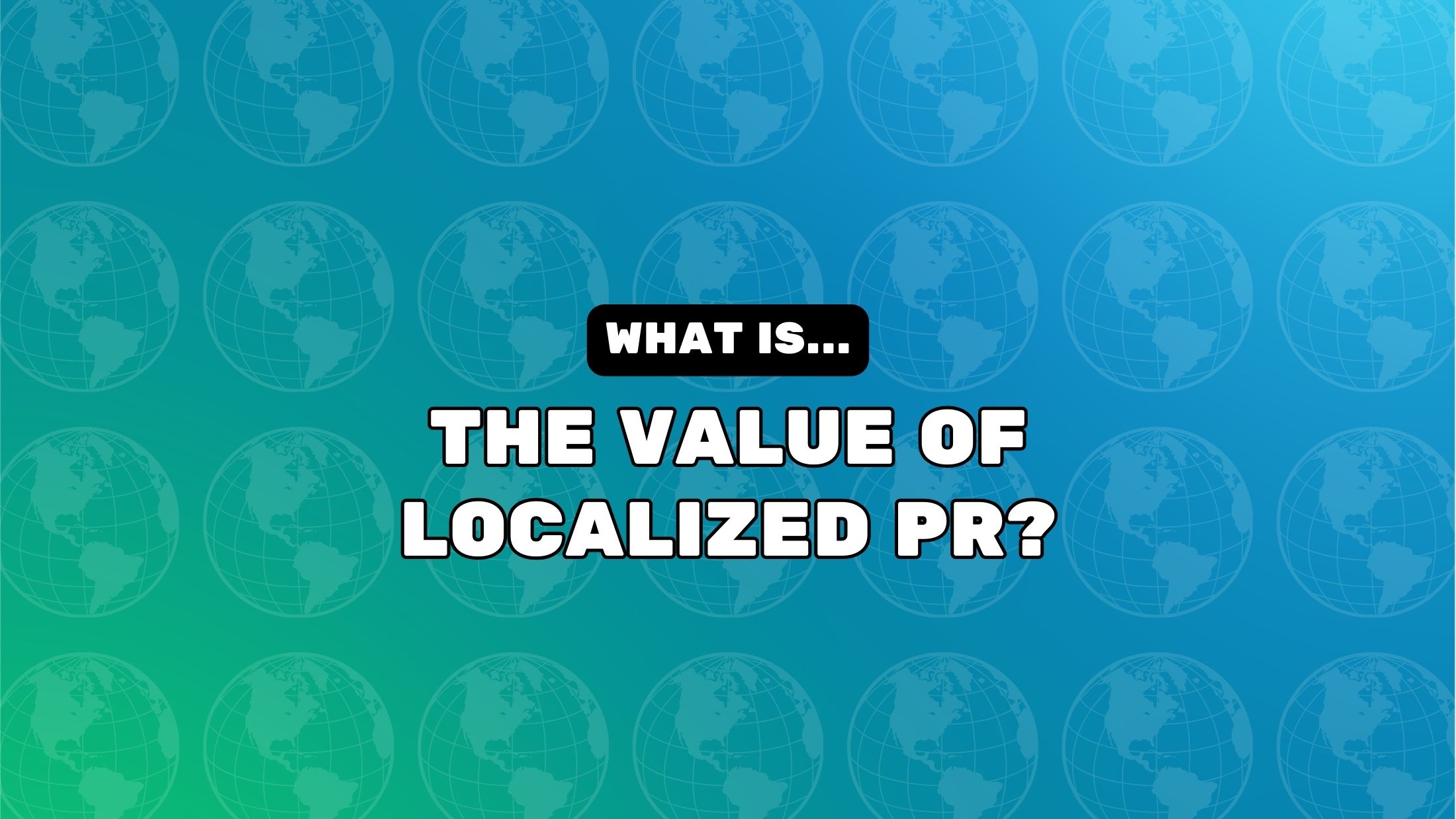
![How One Brand Solved the Marketing Attribution Puzzle [Video]](https://contentmarketinginstitute.com/wp-content/uploads/2025/03/marketing-attribution-model-600x338.png?#)




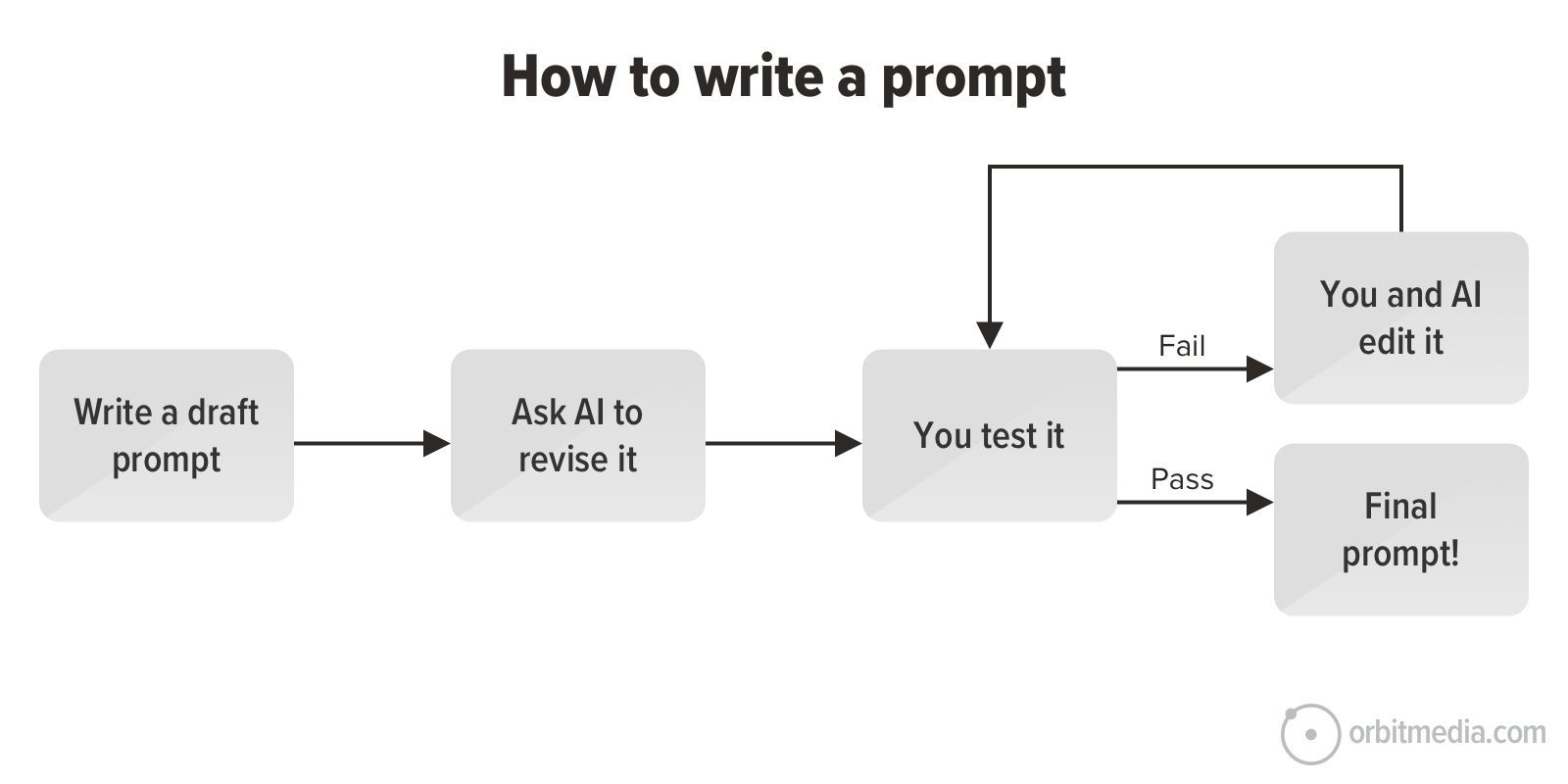
![How to Use GA4 to Track Social Media Traffic: 6 Questions, Answers and Insights [VIDEO]](https://www.orbitmedia.com/wp-content/uploads/2023/06/ab-testing.png)
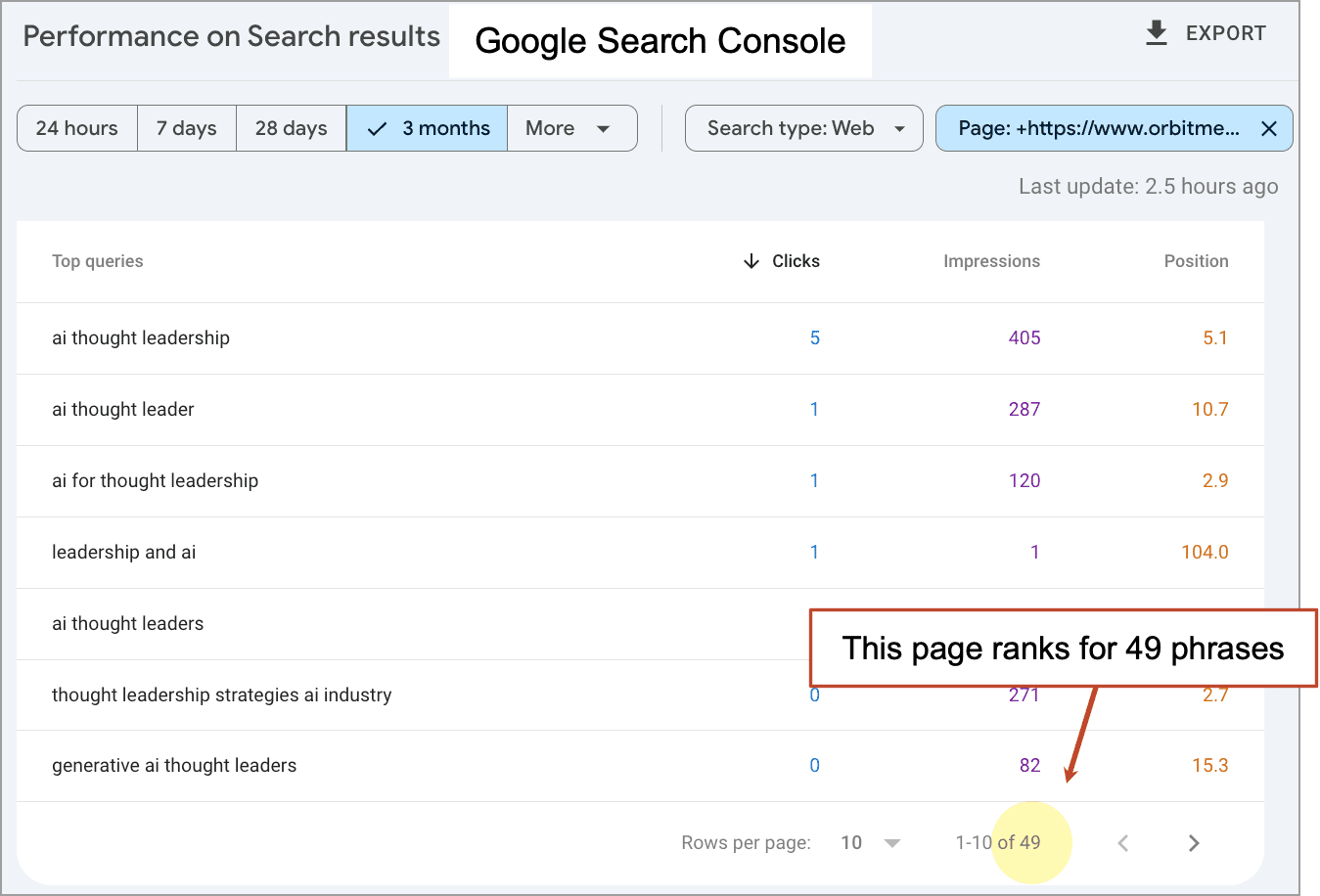






![[Hybrid] Graphic Designer in Malaysia](https://a5.behance.net/920d3ca46151f30e69b60159b53d15e34fb20338/img/site/generic-share.png)





